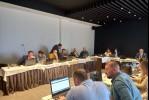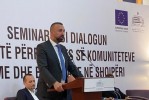Regional Conference: Mapping of Roma Housing in the Region (Sarajevo, 2019)
- 05 Nov 2019
- News
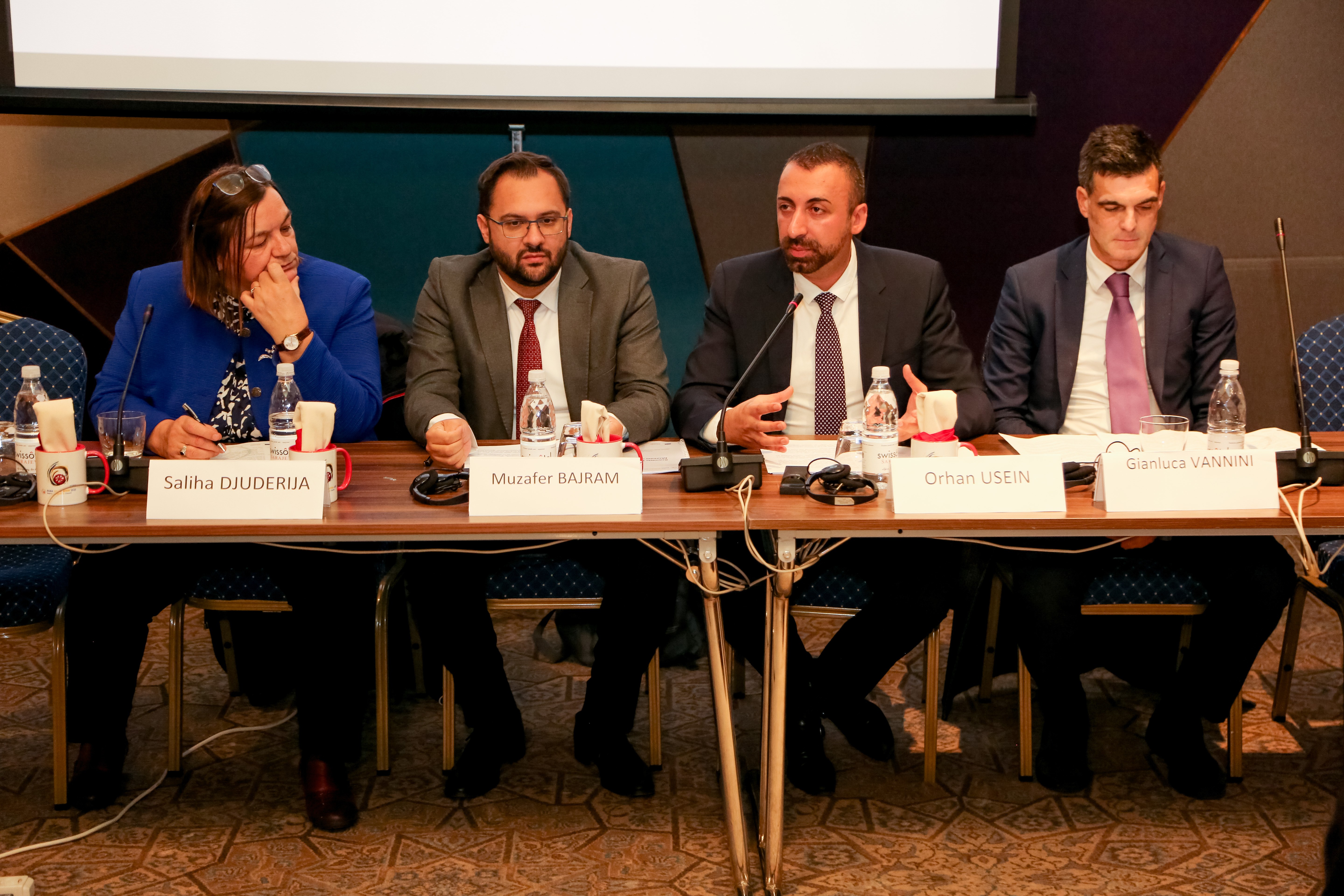
Housing1
The RCC-s Roma Integration 2020 Action Team presented a Methodology for Mapping of Roma Housing in the WB. Regional Conference on Housing in Sarajevo brought together regional National Roma Contact Points, representatives from the relevant ministries, Roma civil society representatives and representatives of the international organizations. Once implemented, methodology will offer an insight into the real status of housing units and serve as a basis for the development of long-term plans and programs for improving the housing conditions of the Roma population. Orhan Usein, the RCC’s Roma Integration Action Team Leader, explained in his opening statement that “Housing is a very expensive investment. We strongly believe that legalization is most affordable and easiest solution to provide sustainable housing for Roma.” Legalization is also proposed in the Roadmaps 2019-2021, recently presented documents that were developed by the Roma Integration Action Team together with the governments in the enlargement region. The entire process is in line with the objectives of the Declaration of WB Partners on Roma Integration within the EU Enlargement Process, which was endorsed at the Poznan Summit in July this year. Housing is one of the six goals set by the Declaration and entails measures to “wherever possible, legalize all informal settlements where Roma live; or provide permanent, decent, affordable and desegregated housing for Roma currently living in informal settlements that cannot be legalized for justified reasons.”
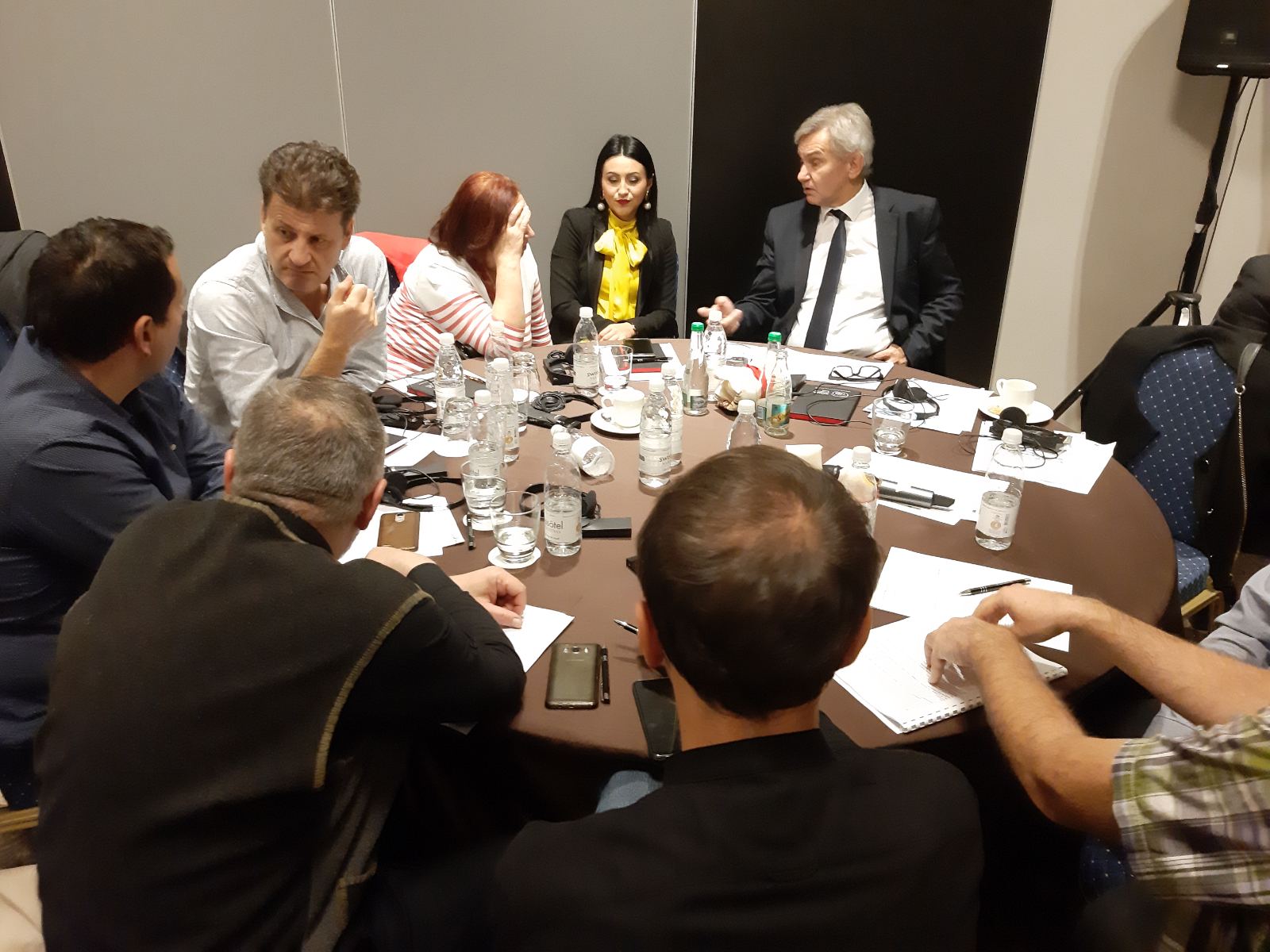
Housing3
Available data show that Roma very often live in difficult conditions and housing does not meet the minimum standards of decent living. Some 30% of Roma households not connected to sewerage and 23% not connected to piped water. 30% of Roma households do not have sanitary facilities. Difficult housing conditions further reduce the chances of employment, schooling for children, and make the poverty cycle even more closed. Methodology will offer an insight into the real status of housing units and serve as a basis for the development of long-term plans and programs for improving the housing conditions of the Roma population.
Proposed Methodology for Mapping of Housing for Roma is important for national level decision making on programs and projects of improving Roma housing conditions. It is focused on sub standards Roma settlements in the region and puts the quality of housing in a focus rather than nationality of inhabitants. Also, Methodology uses only data available in each economy on different levels and in different institutions.
In order to speak about this human right in a different way, an artistic performance was organized as a part of the conference program. Albanian artist Sead Kazanxhiu, who speaks through his art about Roma housing and eviction of Roma, presented his artistic work and his activism. He has already presented performance “Dislocation” in Germany, Belgium, Netherlands, Czech Republic and this was the first time that he has presented his work in this region. He asked in his performance „Where is Romani land?“ Methodology may answer that question.
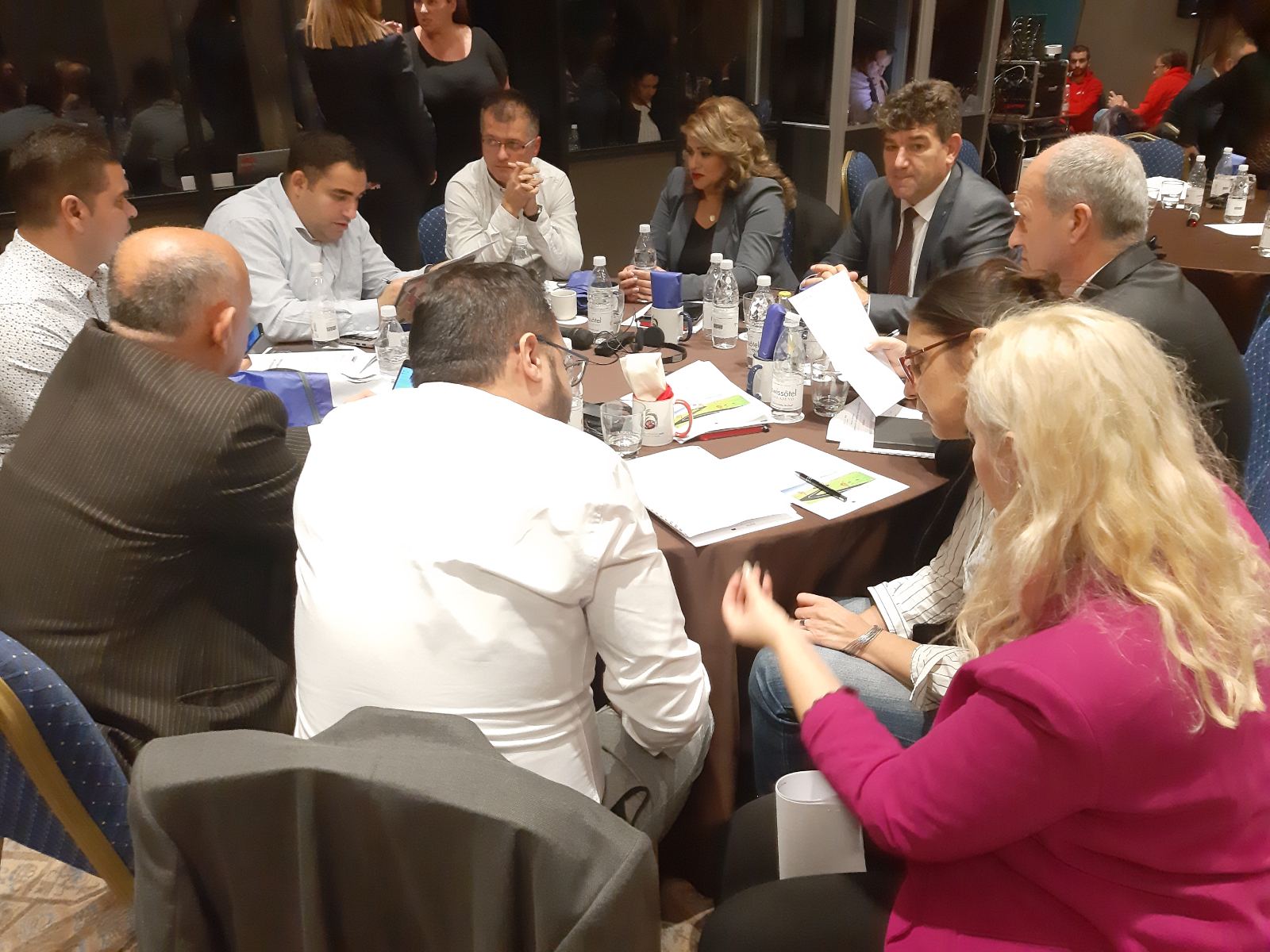
Housing4
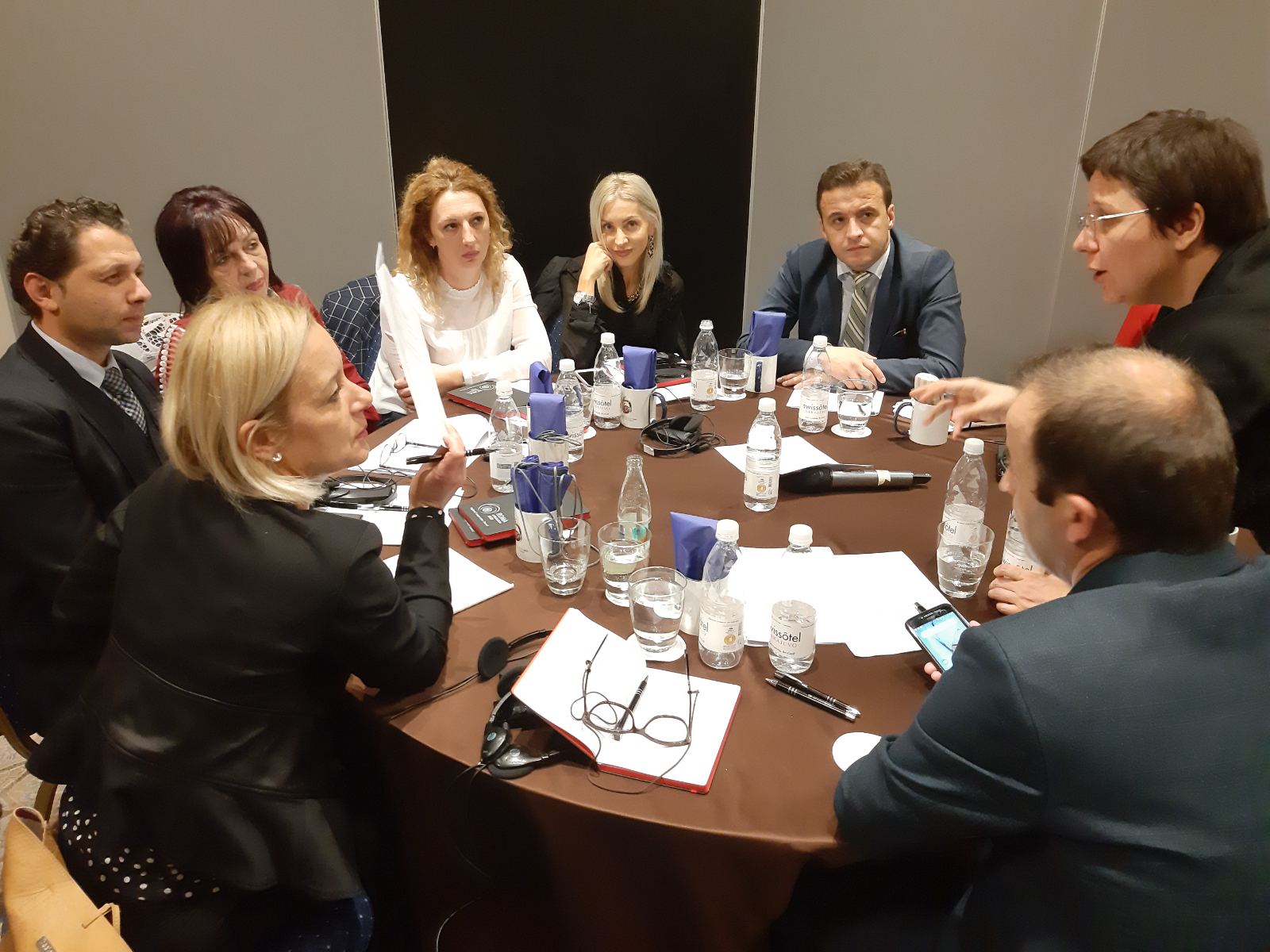
Housing2
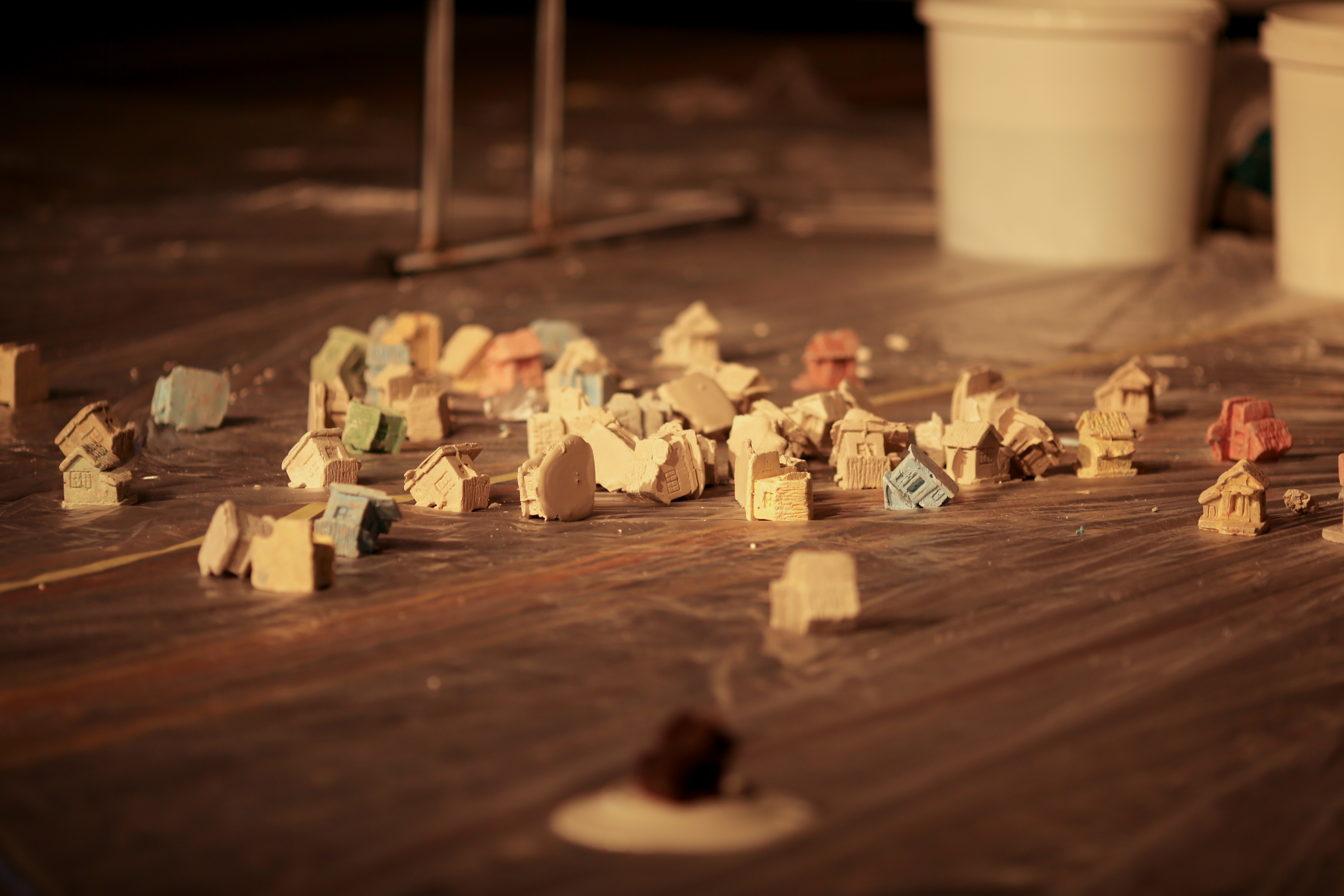
Housing5
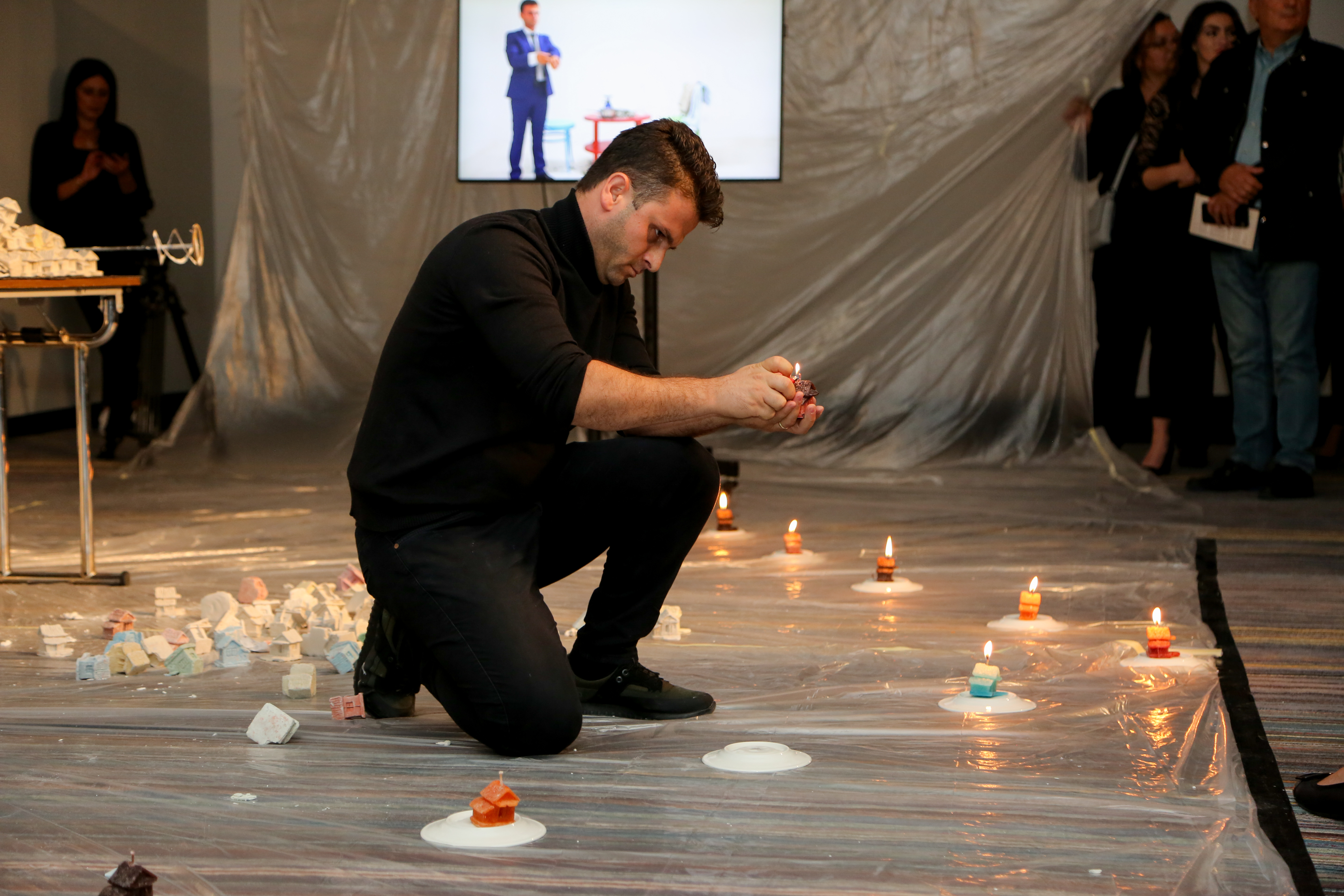
Housing6
Housing of Roma in Serbia - Svetlana Ristic
Mapping methodology - Boris Zerjav and Nemanja Batricevic
Regional Roma Survey 2017, Data on Housing UNDP - Jelena Tadzic
Regional methodology for mapping Roma housing units - Zelimir Lalic
Social Mapping of Roma in the Republic of North Macedonia - Albert Memeti
EU Practices for resolving the housing issues of Roma - Nahida Zekirova




